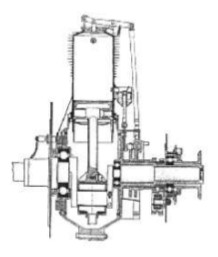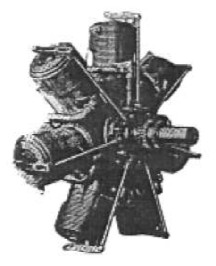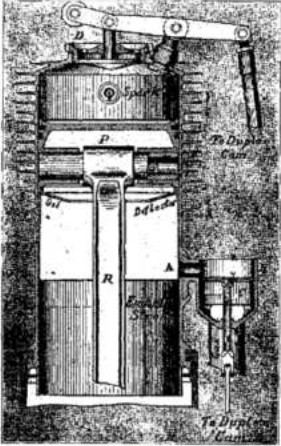Updated: 08-Jan-2020
"Gyro Motor Company" of Washington, was one of the first American companies to design and build air-cooled rotary engines.

"Gyro Duplex diagram"
-The work was done under the direction of Emile Berliner (Later he would take part in the design and construction of the Adams Farwell engines that were used his Berliner helicopter).

"American Gyro L"
-The “L Duplex” model had nine cylinders giving 110 hp at 1,200 rpm, with a displacement of 858.82 cu. in.
-The “Duplex” K model, was a 7-cylinder engine giving 90 hp at 1,250 rpm.

"Gyro Duplex, K model"
-In 1914 Gyro introduced the above mentioned "Duplex" type being an improvement and it received this name because it had double cam disks.
-One track is used for the exhaust valves in the cylinder head, together with its valve, rocker and control rod, while the admission was made by another slide valve just above the piston in its BDC.

"K model"
-We can see the shorter intake manifolds from behind the engine to the valves in the lower parts of the cylinders.
From Appendix 10: From the German inter-war magazine "Flygsport" an illustration of the American Gyro "Duplex" (K).


“Cross-section of a Duplex cylinder”
Engines of AMERICAN GYRO
Model: Duplex K
Arquitecture: 7-cylinder Rotary
Cooling: Air
Total Displacement:
Bore / Stroke:
Power: 90 @ 1250 rpm
Weight:

"Gyro Duplex, k model"
Model: Duplex L
Arquitecture: 9-cylinder Rotary
Cooling:
Total Displacement: 858.82 cu. in.
Bore / Stroke:
Power: 110 HP @ 1200 rpm
Weight:

"American Gyro L"


